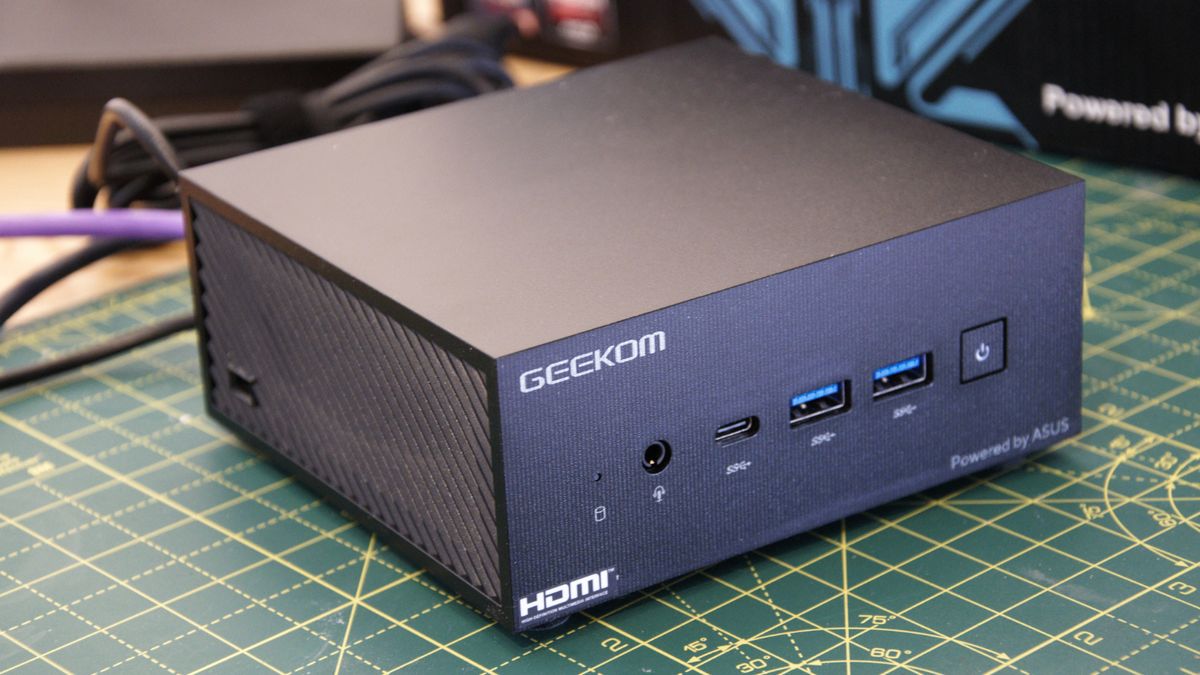Software makers like Microsoft have made various efforts to ensure that the working system and application updates they deliver in your system are comfortable so that hackers can’t hijack updates to get into your laptop.
However, it turns out that computer hardware makers are not so cautious. Research carried out via Duo safety into the software updaters of 5 of the most famous laptop manufacturers—HP, Dell, Acer, Lenovo, and Asus—observed that everyone had severe protection troubles that could allow attackers to hijack the replacement manner and deploy malicious code on sufferer machines.
- The way to stream PS4 games on your computer or Mac PC the usage of Faraway Play
- A historic silver tankard found on the internet
- How Alienware’s Gaming PCs Saved Their Cool
- Houston search engine optimization guidelines: 5 common Optimization errors To avoid
- How to Switch Pages to Posts on Your WordPress Website
Researchers at Duo safety’s Duo Labs discovered that each one of five vendors, called OEMs or original device producers, shipped computer systems with pre-setup updaters that had at least one high-chance vulnerability that could deliver an attacker far flung-code execution talents—the ability to run something malicious code they need on a gadget remotely—and advantage complete manipulate of the device.
The skill required to take advantage of the vulnerabilities became minimal, the researchers said in a document they’re liberating (.pdf) about their findings. The OEM providers all shared comparable protection flaws at various levels, including failure to deliver updates over a secured HTTPS channel or to signal update files or validate them. These troubles make it viable for attackers to behave in a man-in-the-center assault to intercept updated documents as they’re transmitted to computers and update them with malicious ones. The malicious files can get mounted irrespective of different system protections because updaters perform with the highest degree of belief and privilege on machines.
“It doesn’t take tons for one piece of software program to negate the effectiveness of many if now not all defenses,” they write in their file. “all the sexy make the most mitigations, desktop firewalls, and safe browsing upgrades can’t defend you while an o.e.m seller cripples them with the pre-mounted software program.”
A number of the vendors additionally failed to digitally sign their manifests—lists of files the updater needs to pull down from a server and installation. Attackers can intercept unsigned manifests if they’re transmitted insecurely. They could either delete essential replace documents from the show-up, stop laptop users from getting updates they need, or add malicious files to the list. The latter could be influential when carriers didn’t signal their update files, permitting attackers to slip off their unsigned documents.
Some manifests include inline commands required to execute update documents, but an attacker should upload inline instructions to put in and release his malicious files. Within the case of HP, the researchers determined they could, in ute any administrative-degree command on a system via the inline controls in its take place, no longer simply instructions to put in replace files. An attacker should add a new personal account to the gadget, giving him an ongoing right of entry to the system.





